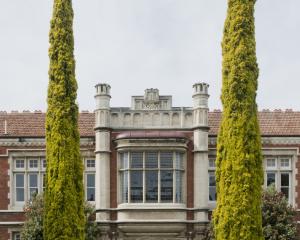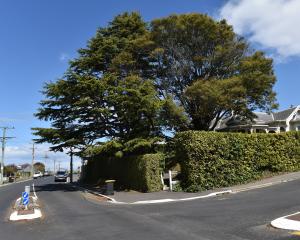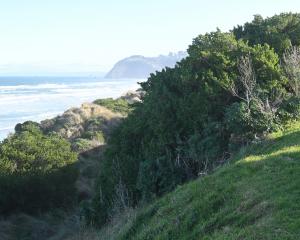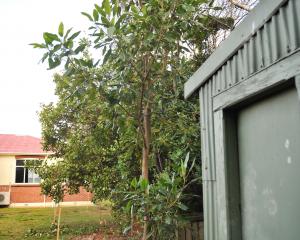
Drive around the suburbs of Dunedin and some of the region’s larger towns, and you’ll see a few massive green fountains of leaves on stout columns (Canary Island date palm Phoenix canariensis), as well as dozens of ragged pillars (Chinese windmill palms Trachycarpus fortunei) tightly-wrapped in their own sackcloth.
There aren’t nearly enough outdoor palms here to stitch our urban skylines, though (think any film or TV show set in Los Angeles).
Like many of us, lots of exotic palm species eke out a tenuous living behind glass in our offices, shops, houses and conservatories.
Alas, Otago and Southland are the only New Zealand regions where our charismatic native nikau palms (Rhopalostylis sapida - literally club-style savoury; the covered bunches of flowers and growing tips are edible) do not grow naturally. At least they are fellow South Islanders, though.
They managed to slug it out with the elements and other plants as far south as Hokitika on the West Coast, Banks Peninsula in Canterbury, and the Chatham Islands, where the southern-most naturally-occurring palms in the world grow.
Believe it or not, you can see a largish nikau palm growing boldly in the open from part of George St. If you stand on George St diagonally opposite Starbucks, look west down St Andrew St and directly above the sign for Great Taste, you’ll just make out an upturned featherduster shape in a garden on Haddon Pl.

OK, you might have to squint a bit ... but walk along St Andrew St to the Church of Christ corner with Filleul St, and the green shuttlecock of fronds (this time above York Place Dental) should be easy to spot.
Ambling past the driveway between 82 and 84 London St and glancing towards the city centre gives you a closer view of this brave, but lonely palm. It must be well over a century old, because they grow so very, very slowly in the South.
Much easier to see up close is the lovely nikau palm emerging from a garden opposite 18 Eastbourne St, Caversham. If you want to hug a nikau palm, though, you’ll need to go to Lovelock Ave - there are two transplanted specimens being held in place with wooden supports outside the Dunedin Botanic Garden plant propagation house.
Nikau aren’t your languid, luxuriant palms swaying lazily over the swimming pools of tropical resorts. In fact, they seem rather reluctant to open wide, almost as if they expect a cold snap at any moment. But if the early settlers been a little more adventurous in their gardens, we would be able to indulge ourselves in tropical fantasies under nikau palms on hot summer days.
In one of those fascinating linguistic coincidences, nikau sounds a bit like no coconuts, which is pretty much what it means, except that the "ni’’ is the coconut and the "kau’’ means something like barren. It’s a bit of a put-down for an otherwise impressive plant. Why so?
Picture a waka-load of hungry Polynesian seafarers hoping to find some of their beloved coconuts on this big new Pacific island; getting their hopes up as they noticed palm fronds in the coastal forest; then having those hopes dashed when they saw and felt the small, hard, red seeds of the nikau. That first big disappointment lives on to this day in the Maori name.












